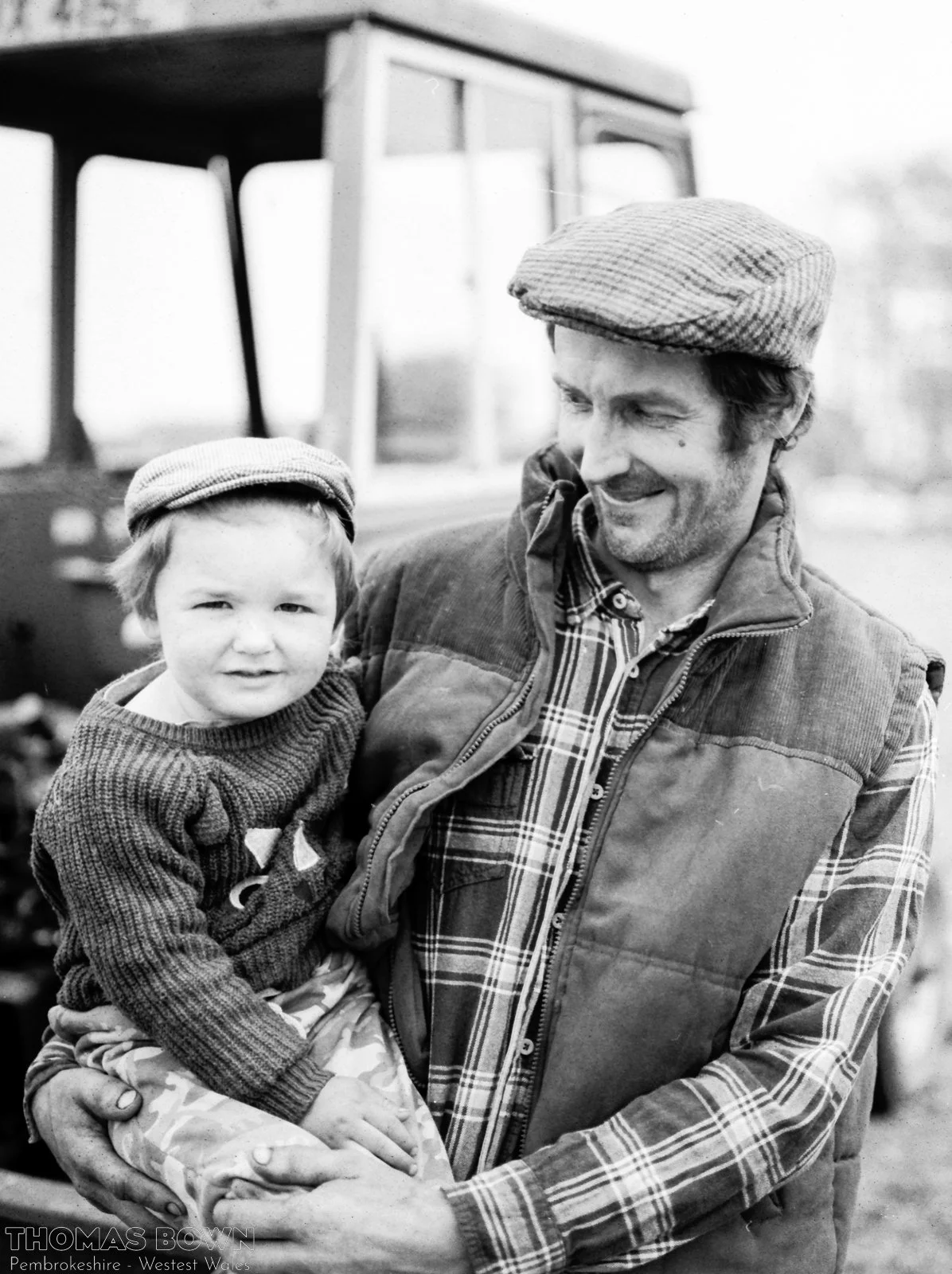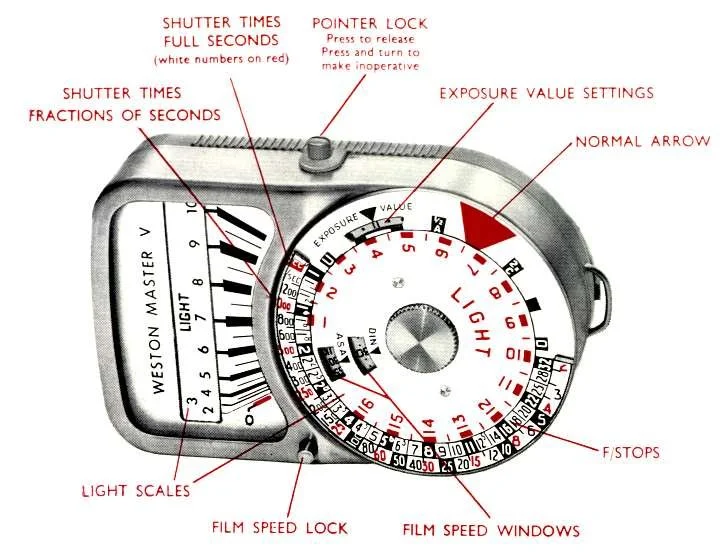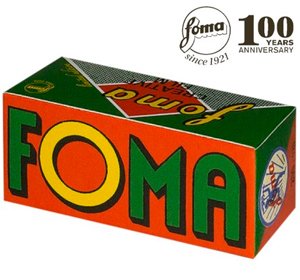A few portraits of folk at Barley Saturday, the annual horse show in Cardigan. Unfortunately I had to rush off so wasn’t able to hang around for the horses so I snapped a few shots of the vintage car owners instead. Fun with the Mamiya but the Fomopan film wasn’t perfect. This could be down to the film itself or errors in the development so I’m waiting to see what the next film comes out like. A lesson in patience as it’s obviously not possible to get immediate feedback. I was pleased with these shots and managed to break through a block I’ve always had on shooting strangers. The clunky old Mamiya was a good ice breaker and after explaining I was using film and fiddling around with the light meter for a few seconds I found people had no problem with me taking their picture. Making images with a digital camera has a different feeling for some reason, maybe it feels more exploitative than the gentle process of taking one or two frames accompanied by the reassuring clunk of the Mamiya’s shutter.
Mamiya 645
First roll - Portra 400
Well, I’ve finished my first roll and the pictures are back from the good folk at Filmdev. There was definitely a good dose of relief that came with opening the scanned files and realising that there was actually a set of images there. Halfway through the roll I had started to lose faith in my light meter; an old Weston Master V, and feared that I could have got the exposure totally wrong. As it was, aside from a couple of things I could have done differently, I was really pleased with the results. Here’s a selection of the best frames featuring a rare picture of myself, a triple exposure experiment and a deliberately underexposed portrait which has turned out looking good, if you like that muddy look!
Some observations about shooting film with an old medium format camera.
The cliche is true; shooting film makes you slow down the process and think about each frame. A 35mm roll generally comes with 24 or 36 exposures whereas a 120 format roll gives me just 15 frames. I was careful with each frame to get my metering just right, use a tripod where possible and ensure my composition was good.
There is some head-scratching to be done before each frame. I’m used to shooting in aperture priority mode on my digital SLR which means I set the ISO, decide on the aperture value and let the camera figure out the shutter speed. Consequently I don’t have much of an instinct for what aperture/shutter speed combination would work in a given circumstance.
Light meters are fun! My Weston Master V feels lovely in the hand and is a delight to use once I’d figured it out. It’s based on a selenium cell so doesn’t require batteries which makes it feel a little big magical. The design and analogue nature suggest a device from a different age and after some mid-roll worries I’m really pleased that it appears to have done the job just fine.
There are some limits on making an exposure. My Mamiya only has a limited number of shutter speed options and the fastest of them is 1/500th. This means that I am unable to shoot at a wide aperture in bright light as 1/500th isn’t fast enough to avoid overexposing the image. Shooting with 400 speed film at 2.8 in bright light would need a faster shutter speed or an ND filter.
People behave differently in front of this camera than they do in front of my digital SLR. There’s a certain reverence towards this chunk of camera. My niece and nephew are usually tricky to pin down for a picture but they stood quietly for me and everyone else also had an air of respect for the process which isn’t always there for a digital device; certainly there is little respect for a picture taken on a phone.
The process is expensive! Apart from the initial outlay, digital photography can be fairly cheap as you can shoot thousands of images without ever paying to see what the results are. A roll of film is expensive to start with and then to post it to a lab to be processed and scanned ends up costing over £20 for 15 images, hence the careful consideration of each frame.
I’m intending to shoot a limited range of things on this camera. Portraits mainly but also short projects shot in the same location or on the same day. 15 shots is a good number of frames to create a narrative around a place or event and I’m also looking forward to making more individual portraits. I won’t be shooting landscape images unless they are part of a sequence.
On the way in the post are a few rolls of Fomapan 200 black and white film which I’m looking forward to trying next. Check back for results in a few weeks!
Film
I’ve bought myself a Mamiya 645 film camera. It’s loaded with Portra 400, I’ve taken two frames and looking forward to filling the rest of the 15 on the roll. I’ve watched a good few Youtube videos from users, read reviews and hopefully learnt a few things. I’ve got plenty more to learn about how to shoot on a film camera. The last time I used film was on a little point and shoot thing. I am now armed with the light meter that came with the camera and reminds me of an Alethiometer. More to come when I’ve had the film developed.



















